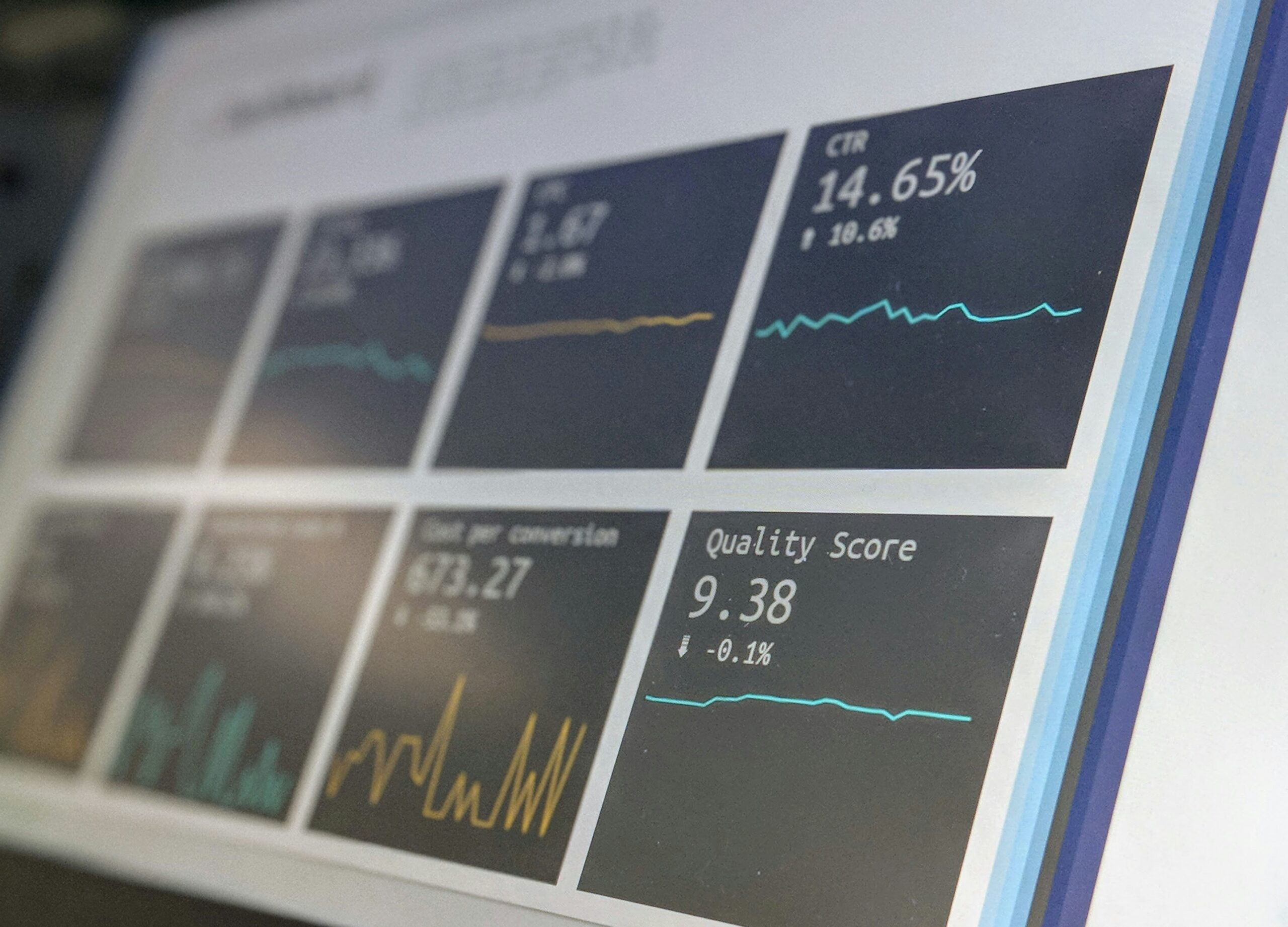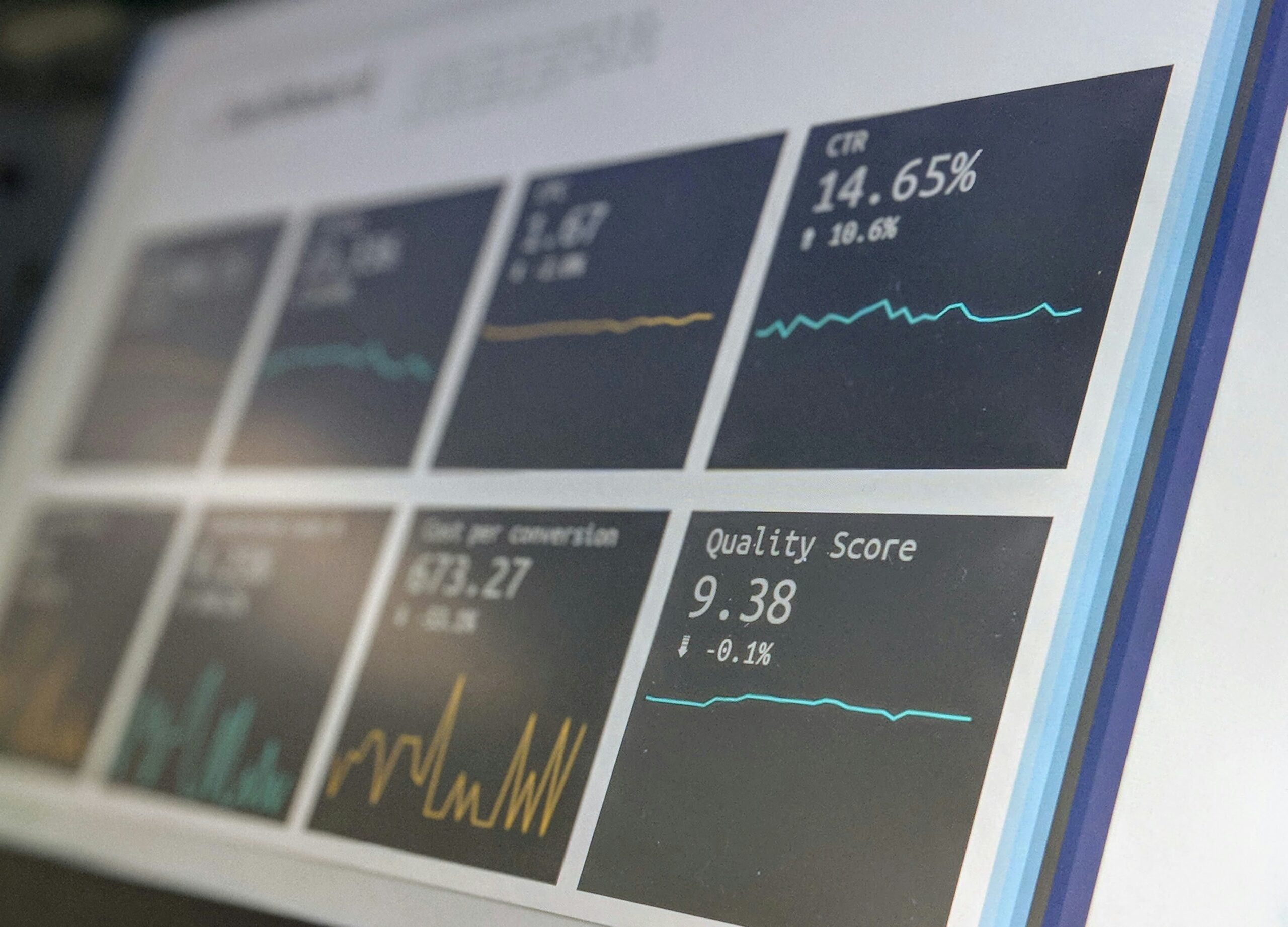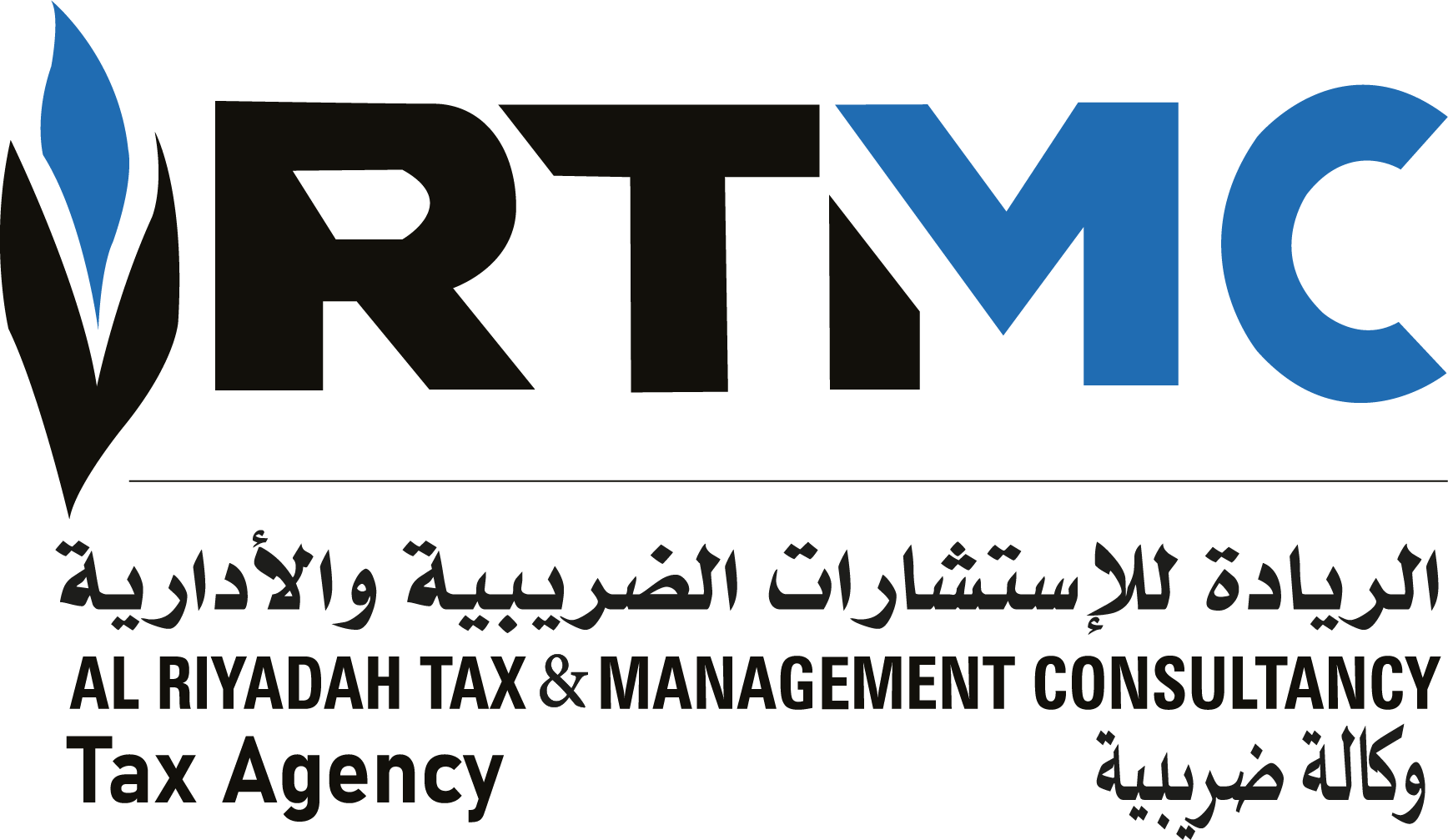

Introduction to Economic Feasibility Analysis
Economic feasibility analysis is a comprehensive evaluation process aimed at determining whether a proposed project is worth investing in. This analysis requires an in-depth study of all aspects related to the project, including financial, economic, and social factors. Conducting a feasibility analysis plays a crucial role in the success of both new and existing projects, as it helps in making important decisions regarding resource allocation and efforts.
Economic feasibility gains significant importance in the modern business world, where strategic decisions need to be based on solid foundations supported by facts and accurate information. By applying economic feasibility techniques, investors and project owners can identify risks and understand potential returns, contributing to minimizing losses and increasing chances of success. Often, feasibility analysis is considered the cornerstone of any ambitious project, as it transforms an idea from mere conception into a well-studied reality.
Additionally, feasibility analysis includes assessing the economic factors surrounding the project, such as market conditions, competition, and economic trends. This study also encompasses financial feasibility analysis, which provides a clear vision of the costs and potential returns of a specific investment. Therefore, economic feasibility analysis can be considered a vital tool for securing market leadership, as it enables project owners to make sound decisions based on real and accurate data.
Types of Economic Feasibility Analysis
Economic feasibility analysis is one of the essential tools used by planners and investors to examine a specific project before deciding whether to proceed with it or not. There are several types of this analysis, including financial feasibility, technical feasibility, market feasibility, and legal feasibility, each addressing different aspects to achieve a comprehensive vision of the project.
Financial feasibility focuses on evaluating the financial dimensions of the project, analyzing startup and operational costs, as well as projected revenues. Through this analysis, profitability and return on investment can be determined. This phase is critical for identifying the project’s ability to achieve its financial goals. It also requires developing a comprehensive budget to understand costs accurately.
On the other hand, technical feasibility concentrates on the project’s potential from a technical perspective, examining the necessary machinery, equipment, or software. This analysis can help determine whether existing technology can support the project. Technical feasibility is particularly used in innovative projects, such as those related to information technology and renewable energy.
As for market feasibility, it concerns assessing the expected demand for the product or service. This involves analyzing the target market, competitive positioning, and economic trends. This step is essential for identifying available opportunities and potential challenges. Moreover, market research aids in guiding marketing and promotional strategies.
Finally, legal feasibility pertains to the legal and regulatory requirements relevant to the project. It is essential to ensure that the project complies with local and international laws, facilitating the avoidance of future legal issues. Non-compliance is one of the primary reasons for project failures, and thus this analysis is just as important as the others.
Steps to Conduct Economic Feasibility Analysis
Economic feasibility analysis is a vital process for evaluating projects, requiring the implementation of a series of essential and necessary steps to ensure the accuracy of results and the effectiveness of recommendations. This process begins with defining the objectives of the analysis. The objectives should be clear and specific, helping to focus on the main points that the project needs to address.
The next step involves data collection. This requires gathering comprehensive information about the proposed project, including potential costs, entrepreneurial techniques used, target markets, and existing competition. Data collection can include gathering primary information through surveys or interviews, in addition to secondary information available from previous studies and market research. The accuracy and quality of data are essential to enhance economic feasibility and achieve reliable results.
After collecting the data, the next step is to analyze the information. This includes evaluating potential costs and returns and analyzing the risks associated with the project. Practitioners should use analytical methods such as cost-benefit analysis, break-even analysis, and cash flow models. Analyzing this information is a critical step in extracting economic values and estimating the individual feasibility of the project to make an informed decision.
Then, the results should be reviewed, and recommendations formulated. The results should be presented clearly, including conclusions based on evidence. It is advisable to provide a comprehensive report that can be reviewed regarding the economic feasibility data and discuss the available options for those interested in starting or investing in the project. These steps help determine the project’s likelihood of success in a changing economic environment, making them an integral part of the decision-making process regarding entrepreneurship and the development of new ideas.
The Importance of Data in Economic Feasibility
Data is a vital element in evaluating the economic feasibility of projects. Accurate and precise data enables comprehensive analysis that contributes to determining the project’s success or failure. This can be achieved by collecting data from various sources, such as financial records, opinion polls, and market research. This process helps understand current trends and future forecasts while measuring market needs.
There are various data sources that can be relied upon in the economic feasibility evaluation process. These sources include primary data collected through surveys or interviews and secondary data that may be available from government reports or previous studies. Understanding how to collect and analyze data plays a significant role in assessing the financial feasibility of the project. While primary data provides direct information about customers, secondary data offers a broader perspective on the market as a whole.
Once the data is collected, it should be analyzed using reliable statistical methods to ensure the accuracy of the results. Common analysis techniques include quantitative analysis, such as regression or time series analysis, as well as qualitative analysis, which helps in gaining a deeper understanding of consumer insights. These analyses should be accurate and balanced, as random results can lead to incorrect conclusions about the economic feasibility of projects.
When data is collected accurately and analyzed appropriately, it contributes to making informed investment decisions. This enhances confidence in the results and helps determine whether to proceed with or abandon the project. Thus, data is a crucial element in any economic feasibility assessment, playing a critical role in investment strategies and business growth.
How to Evaluate Financial Returns
Financial returns are one of the essential elements in the economic feasibility analysis of projects. When evaluating returns, evaluators must use a set of tools and methods that help estimate potential profits and reduce associated risks. Among these tools, the Internal Rate of Return (IRR) and the Payback Period are some of the most commonly used methods.
The Internal Rate of Return is a measure used to determine the expected return rate from a significant investment. It is calculated based on expected cash flows while considering time; an IRR that exceeds the cost of capital indicates economic feasibility. It is essential for these estimates to be accurate, as slight changes in some assumptions can significantly affect the results. Therefore, conducting sensitivity analysis is recommended to study the impact of various factors, such as changes in the return rate or increased costs.
The Payback Period refers to the time required to recover the invested capital. A project is considered economically feasible if its payback period is short compared to other projects. The payback period is calculated by dividing the total project costs by the annual net cash flows. However, evaluating financial returns should go beyond merely using the payback period; other factors, such as project-related risks and the general economic environment, should also be considered.
Based on this, it becomes essential to employ multiple methods in evaluating financial returns to ensure reliable and accurate results. Understanding the factors influencing these returns enables effective monitoring of the sustainability and success of future projects.
The Role of Risks in Feasibility Analysis
Risks are an integral part of any project, as they can significantly impact economic feasibility and entrepreneurial success. Therefore, it is essential to assess the risks associated with projects before making any strategic decisions. Risk analysis involves identifying, measuring, and managing risks that may hinder achieving objectives. The goal is to recognize negative probabilities and mitigate their effects. These risks can include economic factors, such as market fluctuations, or operational risks related to internal efficiency.
To conduct a comprehensive assessment, one should start by identifying potential risks and their potential impact on the project’s economic feasibility. By meeting with team members and analysts, relevant data can be gathered to form a comprehensive picture of the risks. After that, each risk should be evaluated in terms of its likelihood of occurrence and degree of impact. This is a critical part of risk management, as leading this analysis can result in informed decisions that serve entrepreneurial goals.
Moreover, using facilitation tools such as scenario analysis or probability matrices can help assess the impact of risks more effectively. Once these steps are completed, the results of the risk analysis should be integrated into the economic feasibility, reflecting the potential risks and helping stakeholders understand the challenges the project may face. It is also essential for risk reports to be updated regularly, as economic and operational conditions are constantly changing. In summary, the importance of risk assessment emerges as a crucial element in economic feasibility studies, contributing to enhancing the ability to face future challenges and achieve success in projects.
Tools and Techniques for Economic Feasibility Analysis
Economic feasibility analysis is a fundamental process for evaluating the viability of projects before implementation. It contributes to making informed decisions regarding entrepreneurship, financing, and resource allocation. There are several tools and techniques available that can assist in this analysis, including Excel programs, resource planning software, and financial analysis tools.
Excel programs are among the most commonly used for conducting economic analysis, as they provide flexible features for compiling and analyzing financial data. Excel can be used to create economic feasibility analysis models that include estimates of costs and potential revenues. Furthermore, these programs allow users to apply various techniques such as sensitivity analysis and scenario analysis, making it easier to understand future impacts on returns and budgets.
On the other hand, resource planning software stands out as advanced tools for economic feasibility analysis. These software solutions help organizations coordinate resources and manage operations more effectively. They provide accurate data in a timely manner, enhancing decision-making as part of the entrepreneurial process. The ability to integrate information from different tools and domains is one of the key features that support comprehensive economic feasibility analysis.
Additionally, there is a range of financial analysis tools that enhance the accuracy of analyses. These tools include programs like Tableau and SPSS that allow for large data analysis and visually presenting results in a helpful manner.
Users can leverage advanced analytical techniques to identify relationships between variables and predict future trends in revenues and costs.
In conclusion, utilizing various tools and techniques in economic feasibility analysis contributes to obtaining accurate and reliable results. This can aid decision-makers in making informed investment choices that enhance the likelihood of project success.
